To Fear or Not to Fear
Community and New Play Producing
This week on HowlRound, we continue our series on Triple Play, a consortium project between Theatre Development Fund and Theatre Bay Area. Triple Play is exploring the crucial triangular relationship between playwrights, theatres, and audiences with the hope of creating a paradigm shift in the way the field thinks about audiences and the way audiences experience new work. Now in phase two, Triple Play is midway through 300 interviews between playwrights and audience members around the country. This series will share best practices in audience engagement and question how we define the relationship between artists, theatre companies, and audiences. In this piece, Triple Play project leads Tory Bailey and Brad Erickson respond to selections of a conversation between playwrights Laura Jacqmin and Jacqueline Lawton.—Alli Houseworth, series curator
Laura Jacqmin: One of the things that stuck with me after the Triple Play convening in Boston was something playwright Adam Bock said—he said when he’s in previews he’ll sit right in the middle of the audience and introduce himself as the playwright to the people around him. He doesn’t want to be afraid of the audience.
I’m trying to be less afraid of the audience and more willing to hear things we’re taught that should offend us or make us upset or make us unhappy. I’m trying to be less concerned with the audience coming away saying, “Ooo, I like that.”
I think, fundamentally, I put so much of myself into my plays I’m afraid people won’t like it and therefore will not like me. There’s a very difficult separation of our work from ourselves.
It’s weird… theatres projecting their fear about audience’s responses and theatres projecting their fear about people not being interested in new plays. I mean, everyone likes new music, everyone likes new movies, everyone likes new TV shows.—Laura Jacqmin
Jacqueline Lawton: I have this approach where every opportunity I have to engage with an individual—they are a member of an “audience” because they are potentially a member of the audience—I do. For whatever moment of time we’re together, whether we’re on a plane or in a restaurant, we’re part of a community. I’m always interested in and excited to engage as a playwright and also as someone who does equity, diversity, and inclusion (EDI) work. Any time I can be a part of a conversation—what are people thinking, what are they engaging in, what are they interested in, what concerns them—I’m really interested in that.
I don’t sit in a place of fear with engagement with an audience. If they don’t like something I’ve written, that’s ok. I want to know, what are your thoughts on the subject matter. Does the subject matter interest and engage you? Whether you like how I approached it or not, it doesn’t matter. I have to write to my voice, my vision, to what I feel is important in the world and they just might not be my brand of happiness. I don’t sit in a place of fear. I sit in a place of eagerness and enthusiasm to engage in beyond what’s on the page.
Laura: It’s so much harder than it used to be to get people to show up in Chicago. Chicago is very DIY. Companies don’t usually have one person who is just doing marketing. We’re all doing different things. I worked on a play where we wanted our final preview’s house to be filled with just friends. What we did was hold a 90-minute “drinks and chili” thing before the show. We invited a specific group of people—our friends who were practitioners. When they arrived they got a nametag with identifier—playwright, director, dramaturg, deviser, educator. We split into groups and we talked about general questions around the new play development community. Then we’d switch around our groups. At the end there was an exchange of information with anyone you wanted to continue the conversation with. We were able to get conversations going between people who might not have known each other previously and be better community members for each other. Then we went in to see the show with a packed house and the reward for the conversation was the play as opposed the play being the medicine for the conversation.
By and large, a lot of theatres across the country market new plays as “ahhh we hope you don’t hate this.” They kind of infantilize the work. I feel a little like some theatres are trying to hold back from the audience hating it. Playwrights know when the upper level staff isn’t interested in engaging with their play and that can be a very weird feeling.
I don’t sit in a place of fear with engagement with an audience. If they don’t like something I’ve written, that’s OK. I want to know, what are your thoughts on the subject matter. Does the subject matter interest and engage you? Whether you like how I approached it or not, it doesn’t matter. I have to write to my voice, my vision… I don’t sit in a place of fear. I sit in a place of eagerness and enthusiasm to engage in beyond what’s on the page.— Jaqueline Lawton
Jacqueline: I attended the season preview event at Arena Stage. Molly [Smith, artistic director] introduced me, talked about the themes of the play [Intelligence], what excited me about the themes of the play, why it was necessary, then announced it was nearly sold out. Every time we do one of these talks and she introduces me it starts with an introduction of me—I’m Jackie Lawton, I was a resident of DC for eight years, I worked in many aspects of the theatre, I recently moved to Chapel Hill, I do a lot of EDI work and work for new playwrights. It’s those steps every time. I truly feel at the center of the work.
Laura: I think Actors Theatre of Louisville has realized that since you’re working in such a concentrated period of time at the Humana Festival you really don’t have the time to be engaging in marketing while in rehearsal leading up to production. They have this staggered interview process. I think I did two different interviews—one with my dramaturg and another with another member of the literary staff. They have a system where very early on, I want to say the fall before we started rehearsal, their graphics people reached out. They wanted to know thematically what the play was about—what are words, what are images, what are things that feel really “of the play,” and they sought out the artwork from there. Also, the blurb; I had extensive back-and-forth email conversations. There were three versions of the blurb, the full, the medium, and the one-liner. Just having help to craft a blurb is such a godsend. It can be hard to boil it down. It was amazing, these conversations we got into, like, “tonally that doesn't feel right,” or “it feels important to include three words about this aspect of the play.” I felt really well taken care of. I felt included. I felt like I was helping curate. They weren’t just showing me an image to approve. It was a really wonderful experience.

***
Tory Bailey: We are midway through 300 interviews between playwrights and audience members around the country. One thing is already clear: this community of single ticket buyers are passionate about the theatre and should encourage us all.
This week we have read a lot about community. Karen Hartman intentionally created a work rooted in a particular community. When she showed the work to the community members portrayed, the heightened response was palpable. At City Lights, “the walls are down” and theirs is “a true family." Milwaukee Rep asks the question “How do we get audiences to think critically about the world around them and ask themselves what they want their community to look like." In her conversation with Laura Jacqmin, Jackie Lawton suggests that thinking about the audience as community means she embraces conversation without fear. Those people in the seats—maybe not an audience waiting in judgement but a community waiting to hear a story and be engaged.
Brad Erickson: I am struck that in Jackie Lawton's and Laura Jacqmin's conversation they identified "fear" as a central frame, perhaps more of a cage, surrounding new work. Theatre companies are afraid audiences won't like a new play or worse, will just stay away. The theatres unwittingly project this apprehension onto their audiences who become wary over seeing something unproven. Playwrights sense the anxiety around them and fear rejection—as a human being—by the audience as well as their professional colleagues. The entire enterprise becomes fraught.
Throughout Lawton and Jacqmin's discussion and in the writing all week, we've seen an antidote to this fear in the idea of community. Karen Hartman wrote of fearing irrelevance but witnessed the impact of her work when she became immersed in one community—women coming out of prostitution—and presented their lives to a very different, suburban community states away. Lawton describes how she has learned not to "sit in fear" but rather "in a place of eagerness and enthusiasm," ready to engage with audiences about what's beyond the page. Jacqmin and Lisa Malette describe creating communities around the performance, where everyone, artist and audience alike, is free to "take a chance," to find a "safe place to take risks." A place where the sense of belonging, if just for an evening, casts out fear, and creates a place where connection occurs. And Leda Hoffman reminds us that new plays themselves are a catalyst for building community, providing a "platform for the conversations our community demand(s)."
When we launched Triple Play several years ago, we described a "triangular relationship" between artist, audience, and theatre company. The writing and conversations this week have shown us how that relationship can become community.



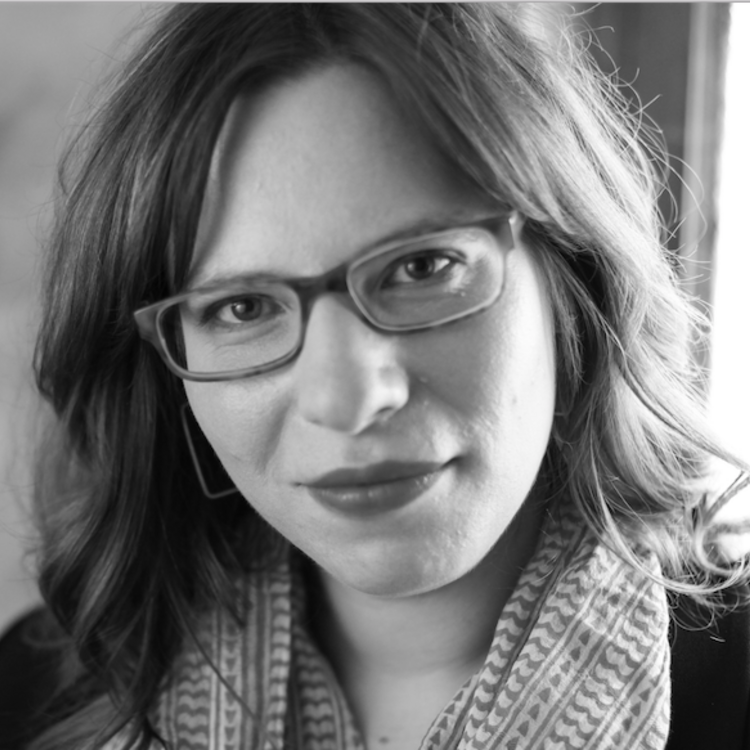
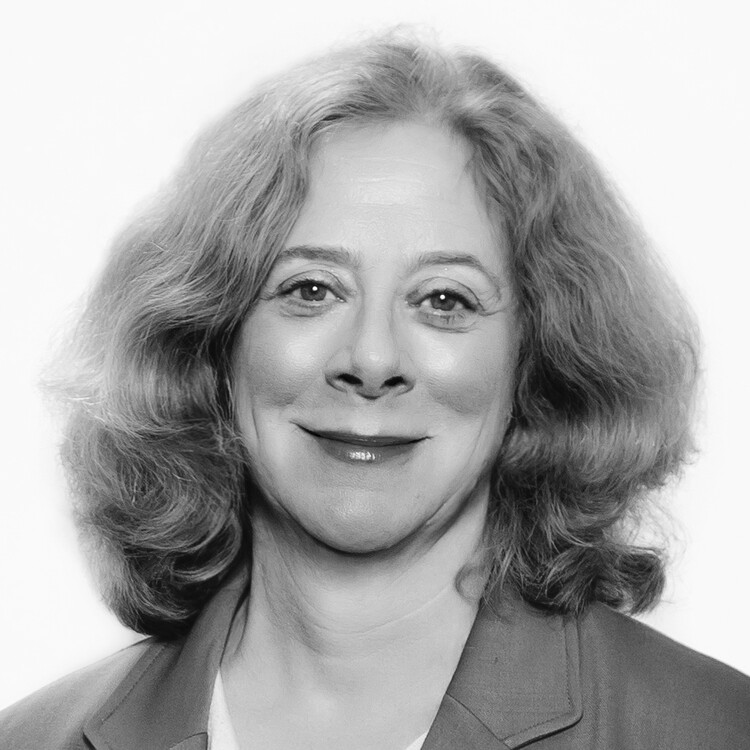
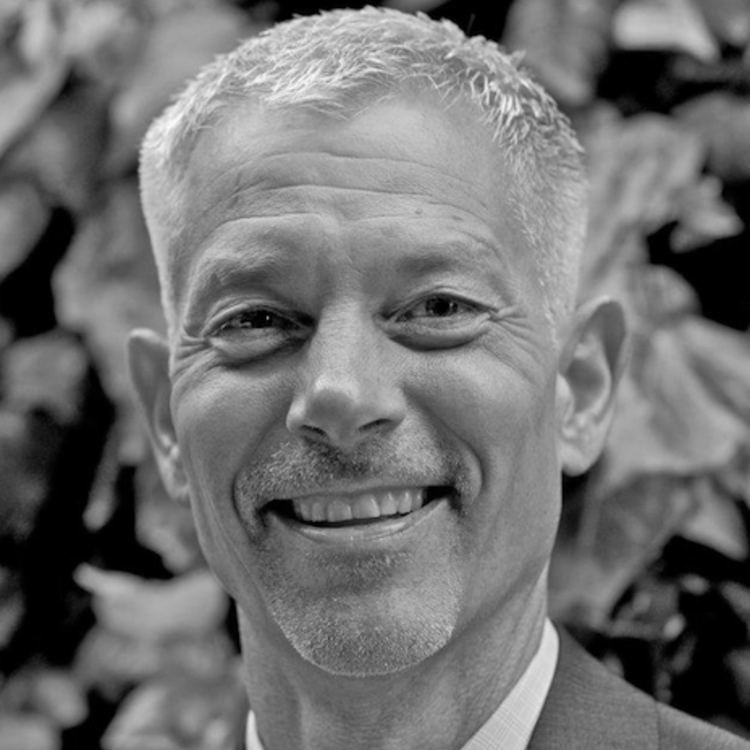
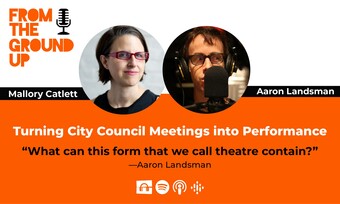



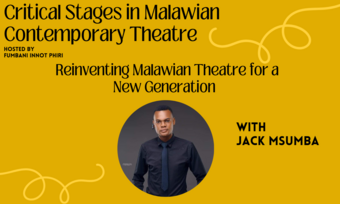


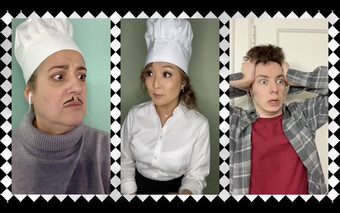

Comments
The article is just the start of the conversation—we want to know what you think about this subject, too! HowlRound is a space for knowledge-sharing, and we welcome spirited, thoughtful, and on-topic dialogue. Find our full comments policy here
The Asylum Theatre, Majestic Repertory Theatre, A Public Fit, and Las Vegas Little Theatre ALL produce new works as a regular part of their programming. #VegasTheatre has built a community of support for playwrights from across the country and here at home. Just one of the things that makes #vegasculture truly unique, and the local audience collaborators of #NewCulture. #EatMoreArt EatMoreArtVegas.com
"...when he’s in previews he’ll sit right in the middle of the audience and
introduce himself as the playwright to the people around him. He doesn’t
want to be afraid of the audience."
I always point to some guy in another row.
#justkidding #playwrighthumor #laughsforfears